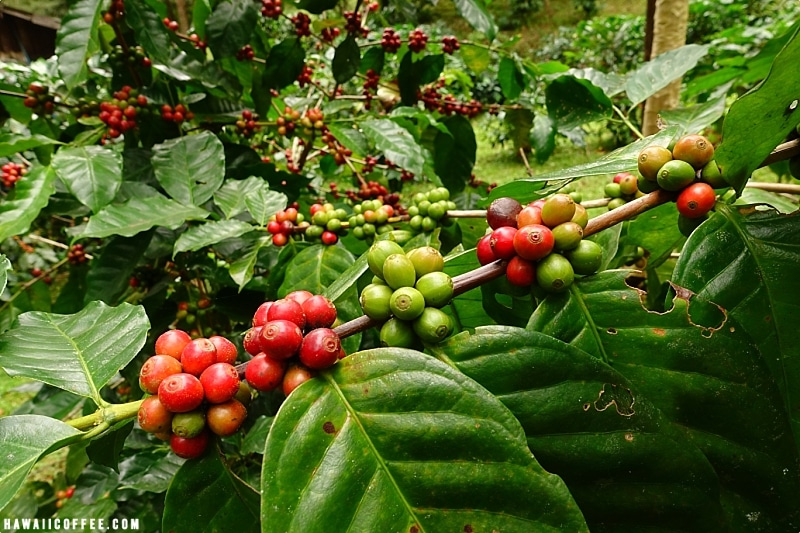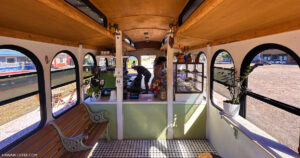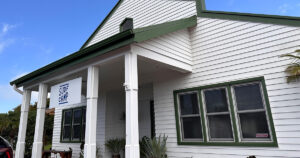Humanity’s love for caffeine is universal. However, coffee is king, accounting for 54% of caffeine consumption globally. The bitter, aromatic beverage has cemented itself into countless cultures and takes on many forms around the world, from Italian espresso to sweet Brazilian cafezinho. Based on coffee consumption figures from Statistica, we’ve determined the world’s top 20 most coffee-caffeinated countries- and the results are surprising.

1. Finland – 12 kg/26.4 lbs per capita
Fins consume a whopping 12 kilograms (about 26 pounds) of coffee per capita annually, making Finland the biggest consumer of coffee on earth. Coffee is so ingrained into everyday life in Finland that, per Finnish labor laws, workers are granted two 10-15 minute coffee breaks a day. The average Fin drinks four cups of coffee daily.
2. Luxembourg – 11.1 kg/24.5 lbs per capita
Despite its small size, Luxembourg is one of the world’s biggest caffeine-consuming countries. The average Luxembourger blows through 24 pounds (or 11.1 kilos) of coffee a year. The country’s overwhelming java consumption could be attributed to Luxembourg’s location in the heart of Europe’s coffee-loving region. Belgian coffee chains, French bakeries, and Italian espresso bars dot the streets of Luxembourg City.
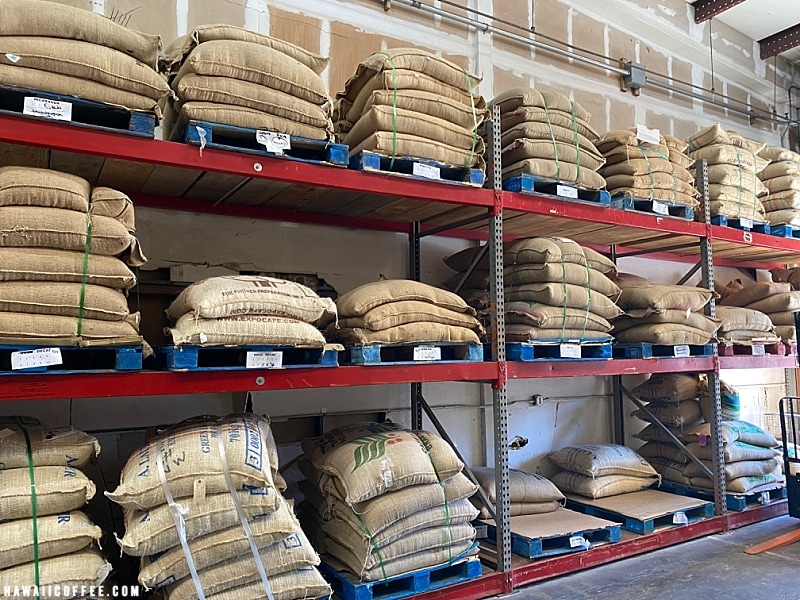
3. The Netherlands – 8.2 kg/18 lbs per capita
Cafe culture is not as prominent in the Netherlands compared to its Nordic neighbors, but the Dutch love for coffee is strong. The Netherlands’ coffee addiction played a significant role in Indonesian coffee cultivation- which is now one of the biggest exporters of the caffeine bean globally. When Yemen blocked coffee exports to Europe in the 1600s, the Dutch dodged the export ban by importing tax-free coffee from Indonesian colonies. In today’s age, filter coffee remains the beverage of choice.
4. Sweden – 7.7 kg/17 lbs per capita
Sweden’s coffee culture is characterized by the fika- which is essentially an extended coffee break. Translated, fika means “to have coffee.” Fika breaks can happen anytime- during a social gathering or mid-work day and are almost always accompanied by a baked good. Swedes spend an average of 9.5 days a year having a fikarast.
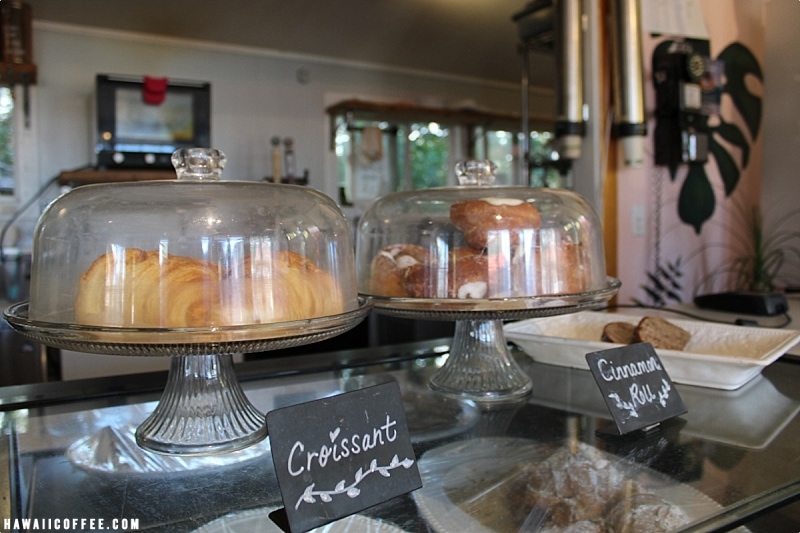
5. Denmark – 7.4 kg/16.3 lbs per capita
Denmark is routinely named one of the happiest countries in the world. Could their impressive coffee consumption have anything to do with it? Danes have a deep respect for high-quality coffee and the art of brewing and roasting. As a result, black coffee, locally roasted in small batches, is edging out espresso as the Danish preference.
6. Norway – 6.8 kg/15 lbs per capita

Coffee has been ingrained in Norwegian culture for hundreds of years, but alcohol prohibition from 1917 to 1927 bolstered Norway’s coffee drinking. During this time, people searched for a new social beverage. Today, nine out of ten Norwegian adults drink coffee.
7. Austria – 6.6 kg/14.5 lbs per capita
Austria has a longstanding history with coffee. Coffee beans left behind by the Ottomans after the second Siege of Vienna in 1683 gave rise to Austria’s coffee culture. The first Austrian coffee house opened shortly after. In 2011, Viennese coffee house culture was included by UNESCO in the national inventory of “intangible cultural heritage.”
8. Canada – 5.8 kg/12.8 lbs per capita
North Americans have been sipping coffee since 1668, but Canada’s coffee consumption far outweighs America’s. Some speculate the cold climate could be driving the trend. Nonetheless, Canadians love their coffee- over 14 billion cups are consumed each year in Canada.
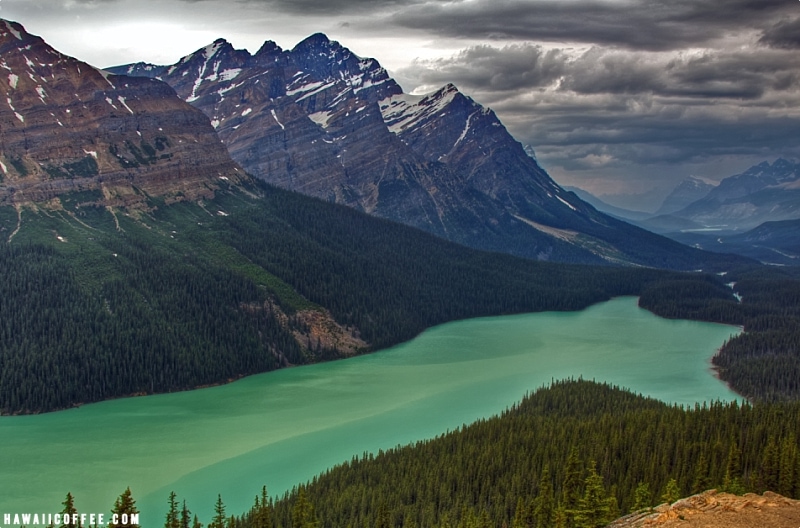
9. Lebanon – 5.7 kg/12.5 lbs per capita
Coffee in Lebanon is served in a variety of ways. However, traditional Lebanese coffee is made with Arabica beans brewed extra strong, served black and unfiltered, with a dash of cardamom. Superstition says that the grinds left in the bottom of the cup can be used for future readings.
10. Iceland – 5.4 kg/11.9 lbs per capita
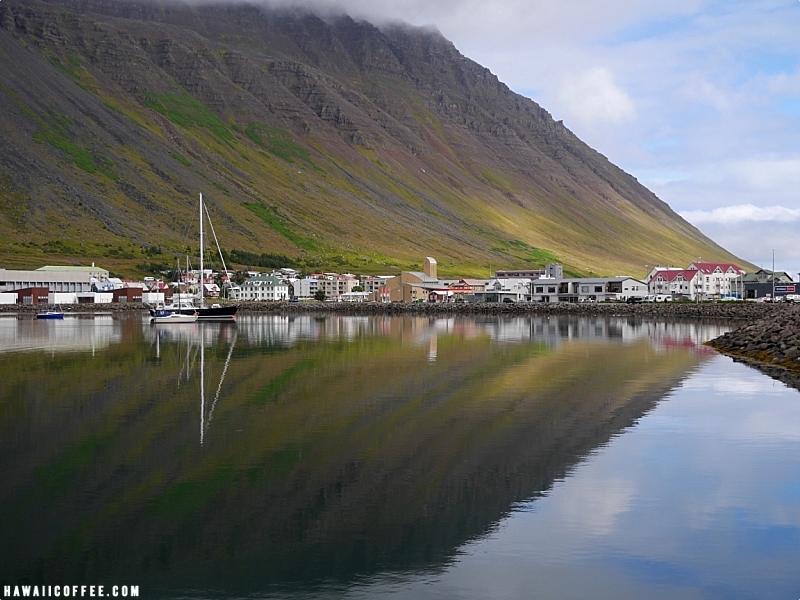
Coffee has been the most popular social drink in Iceland for ages- partly due to the cold climate, costly prices of wine, and the fact that beer was illegal until 1987. In the capital city of Reykjavik, there are 17 coffee houses within a 700-meter downtown radius.
11. Germany – 5.4 kg/11.9 lbs per capita
Cafe culture and craft coffee aren’t as popular in Germany, but that doesn’t stop Germans from sipping java all day long. Germany is the home of the pour-over brew, invented by Melitta Bentz in 1908. German coffee drinkers haven’t deviated much from the pour-over preparation method since. Despite the lack of cafe culture, 86% of German adults drink coffee daily.
12. Brazil – 5.4 kg/11.9 lbs per capita
Coffee is a source of national pride for Brazilians. Understandably so- not only do 98% of Brazilian households consume coffee, but coffee cultivation accounts for 8 million jobs across the nation. Moreover, Brazil grows one-third of the world’s coffee supply, making the country the single largest coffee producer on earth.
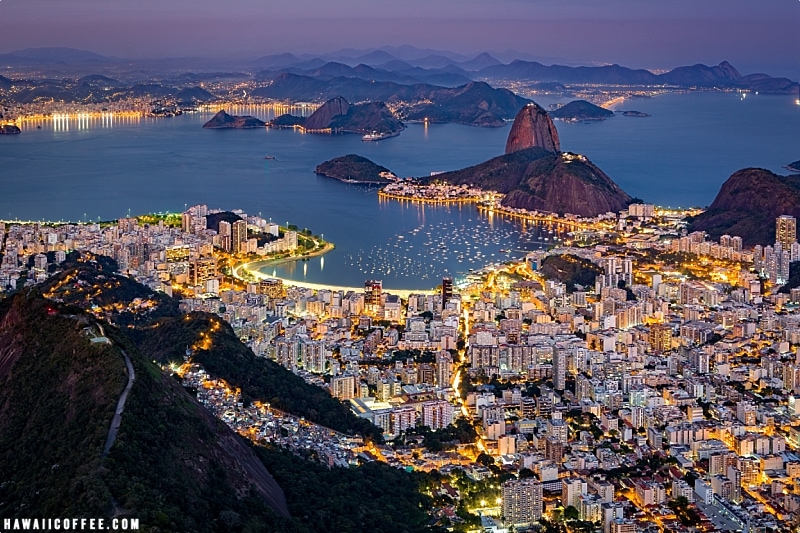
Cafezinho, a small strong cup of filtered black coffee served with copious amounts of sugar- is the Brazilian coffee drink of choice.
13. Belgium – 5.1 kg/11.25 lbs per capita
Cafe culture in Europe and around the world is usually dominated by coffee. However, cafes in Belgium typically serve a different type of brew- beer. Nevertheless, Belgians have an obsession with coffee, which is almost always served with a piece of Belgian chocolate. As a former colonial power in Africa, Belgium sustained its love for coffee by growing beans in the Congo and Rwanda.
14. Italy – 4.9 kg/10.8 lbs per capita
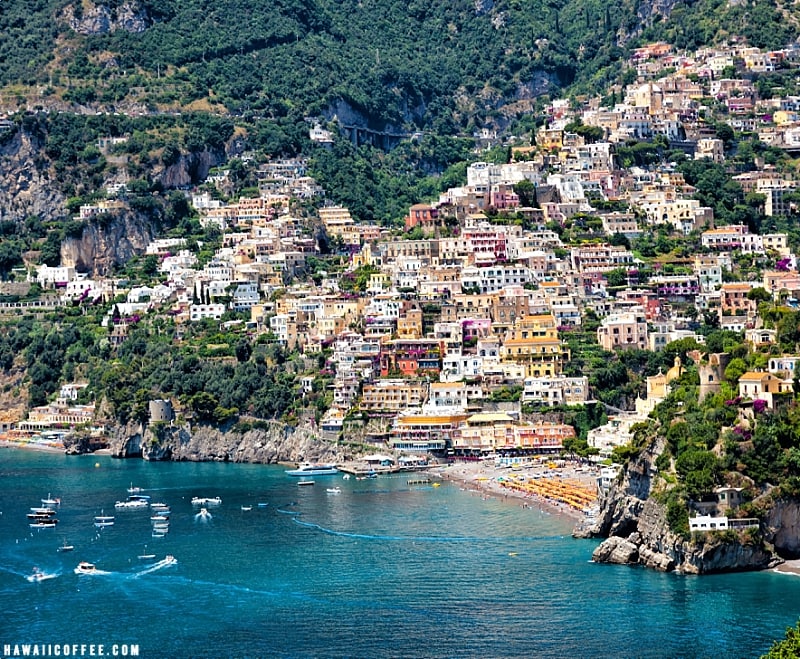
Italy often has the first word in European coffee culture. Italian espresso is a part of everyday life in the Mediterranean country, and a bounty of rituals and customs surround it. Not only did Italian national Angelo Moriondo invent espresso in 1884, but Italy is home to the oldest operating cafe in the world- Caffe Florian, which has been in operation in Venice since 1720.
15. Bosnia – 4.8 kg/10.5 lbs per capita
Bosnia’s capital city of Sarajevo is lined with bustling cafes. But rather than serving espresso, patrons’ cups are filled with traditional Bosnian coffee- bosanka kafa. Bosanka kafa is prepared by boiling water, adding pulverized coffee grounds, and then boiling yet again until a thick foam is formed. The result is a rich, thick black cup of joe. Bosanka kafa is always served with a sugar cube. However, rather than plopping the sweetener into the drink, local customs call for nibbling the cube, taking a sip, and letting the sugar dissolve on your tongue.

16. Switzerland – 4.8 kg/10.5 lbs per capita
Switzerland is the birthplace of one of the most recognizable coffee brands on the planet- Nescafe. Switzerland is also home to a flourishing cafe culture, heavily influenced by neighboring Italy. As a result, dark roasts and Robusta blends abound. Switzerland’s most common coffee drink is ‘kaffee-creme,’ a long coffee pulled from the espresso machine.
17. Portugal – 4.4 kg/9.7 lbs per capita
Um cafe, espresso, is the go-to Portuguese coffee order. In most espresso-loving countries, Arabica beans are preferred. However, Portuguese espresso blends extra-slow-roasted Arabica and Robusta beans. The result is a creamier coffee with a thicker mouthfeel.
18. Slovakia – 4.3 kg/9.4 lbs per capita
Since the first Slovakian cafes opened in the 18th century, coffee culture has undergone many changes. In the beginning, coffee was the drink of choice for aristocrats. Centuries later, during communist rule, the only available coffee was dark, strong, Turkish-style coffee. Then, following the fall of the Iron Curtain in 1989, interest in coffee increased.
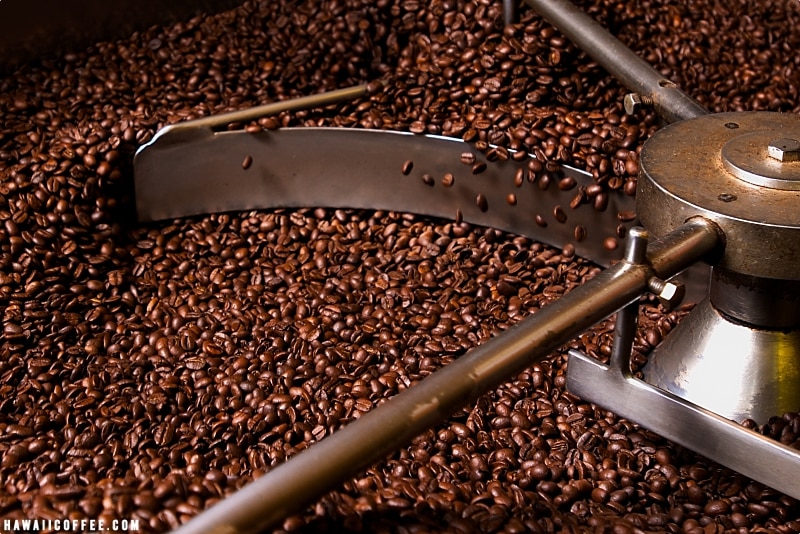
Today, Slovakia’s capital city of Bratislava is a haven for coffee lovers, with 160 craft coffee cafes surrounding the capital’s old town square.
19. Croatia – 4.3 kg/9.4 lbs per capita
Croatia’s capital city of Zagreb is flushed with thousands of coffee houses. More remarkably, there is not a single Starbucks in the entire nation. Italy, Turkey, and Hungary have heavily influenced coffee culture in Croatia to create coffee customs unique to the country. At home, the drink of choice in Croatia is a finely ground 100% Arabica medium roast, brewed traditionally with a long-handled čezve. Out of the house, espresso is the go-to.
20. Lithuania – 4.2 kg/9.25 lbs per capita
Lithuania may as well be the Baltic capital of coffee. Not only is the capital city of Vilnius dotted with countless specialty coffee cafes, but the city also hosts the largest annual coffee festival in the Baltics- three days of barista competitions, workshops, and coffee markets. While other coffee-guzzling European countries stick to their black filtered cups, the taste for craft coffee is growing in Lithuania. Lithuanians boast a high level of coffee knowledge- from the different means of brewing and roasting to the quality of beans.
